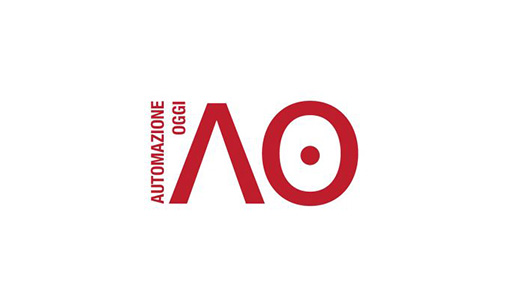The industry of the future...
1 March 2024

The industry world is evolving and must adapt to new technologies: headsets, new virtual assistants, apps, AR, VR, AI...
In a changing world, technology and its usage also evolve. Immersive technologies have the immense potential to transform how we work, interacting with objects in realistic digital environments. Any obstacles? Perhaps the dependency on headsets, but according to Statista, this dependency is not a real issue. In fact, the sector is rapidly growing with the introduction of headsets capable of generating realistic sensations, simulating a user's physical presence in a virtual environment, or the emergence of smaller and more stylish devices. However, headsets are not the only gateway to a 'virtual' reality. Developers are currently striving to incorporate virtual reality features into apps by leveraging the sophisticated hardware of mobile devices. While it may take time for mobile apps to become fully immersive, this is the direction many developers are now taking. Underutilized in the industrial world at the moment, augmented reality, virtual reality, metaverse, and artificial intelligence are destined to expand and evolve thanks to the advancing technology and the consequent cost reduction expected in the coming years, and especially due to the need for many entrepreneurs to stay up to date with the times and with the competition. Let's see what perspectives are presented by Loris Marchiori, corporate communication director at Archiva; Marcello Majonchi, chief product officer at Arduino; Alex Galimi, technical partner manager at Trend Micro Italia; Benedetta Torres, marketing & communication manager at B&R Italia; Claudio Ambra, CTO at Exor international; Gian Musolino, sales account at DM Management & Consulting; Chantal Scaccabarozzi, vice president of HR; Andrea Ariano, industry innovation & communication leader at Schneider Electric; and Pierluigi Pace, senior principal strategist - Inspire Value at ServiceNow. The job market and the demand for new professions are heavily influenced by emerging technologies (Apps, AR-VR, Headsets, AI).
How do you evaluate the current landscape in this period?
Claudio Ambra: The current job market is undeniably significantly influenced by emerging technologies such as apps, AR-VR, headsets, artificial intelligence, and more. I believe that this overall context represents an exciting phase of transformation and opportunity. The complexity of technological challenges related to the integration of IT/OT technologies requires increasing attention in the formation of development teams to create adequate budgets capable of ensuring competitiveness and innovation in the field of automation. These new technologies are reshaping the professional landscape, creating new opportunities and requiring innovative skills. In this context, the current period presents an extraordinary opportunity for growth and development for those willing to adapt and embrace change.
What are the main opportunities for our market arising from the use of these technologies, and how should organizations manage change?
Claudio Ambra: The new technologies present significant opportunities for our market. The integration of these technologies opens up new horizons, allowing organizations to improve operational efficiency, enhance user experience, and stimulate innovation. The opportunities stemming from these technologies include operational efficiency improvement; for instance, the implementation of apps and AR-VR technologies can streamline operational processes, reducing production times while enhancing accuracy. Advanced user experiences; immersive technologies offer new possibilities for engagement and interaction, creating richer and more engaging user experiences. Additionally, artificial intelligence can be utilized for advanced decision-making; it enables the analysis of large amounts of data to make more informed and predictive decisions, improving business strategy and resource management. To effectively manage the change brought about by these technologies, organizations should consider continuous training; it is crucial to invest in employee training to acquire the necessary skills for using and managing these technologies. A gradual implementation strategy should also be considered as introducing new technologies progressively minimizes impact and maximizes effectiveness. Moreover, promoting a corporate culture open to innovation, encouraging collaboration and adaptability is essential. In summary, we believe that the strategic adoption of these technologies offers significant opportunities, and managing change should be guided by a well-planned strategy and investment in human resources and corporate culture.


